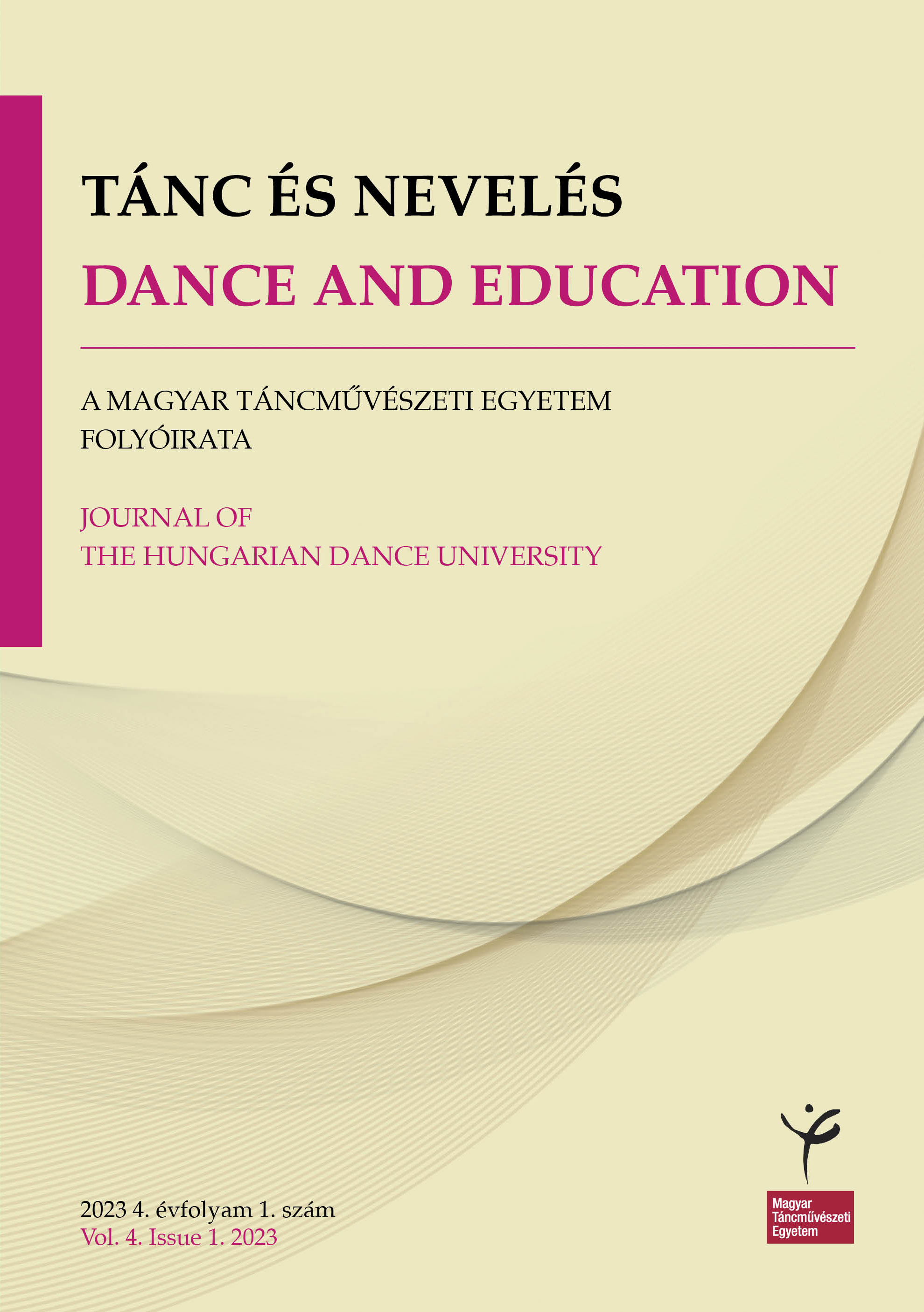The Viennese Waltz
Reception and Social Historical Context in Vienna and Budapest
Abstract
Until the latter part of 1886, there was only one real ballet premiere at the Hungarian Royal Opera House: the Wiener Walzer [Viennese Waltz], performed on May 16, 1885. The piece, which proved successful in the imperial city, also received great acclaim in Budapest a few months later. The creators of the ballet did not strive for a classical plot: in the piece, individual images present the major stages of the development of the waltz, with a loose dramaturgical thread included for the sole purpose of holding the piece together and music comprised of a medley of handpicked waltzes. The piece was very well received at the time and was featured as part of the repertoire for decades. This study attempts to present danced history primarily through the reception of the piece in Vienna and, to a lesser extent, Budapest, while also touching upon its appearance in a charity performance by amateur aristocrats in Kolozsvár; furthermore, this article also emphasizes how the Wiener Walzer can be interpreted in the context of urban and social history.
Copyright (c) 2023 Hedvig Ujvári

This work is licensed under a Creative Commons Attribution 4.0 International License.







4.png)
